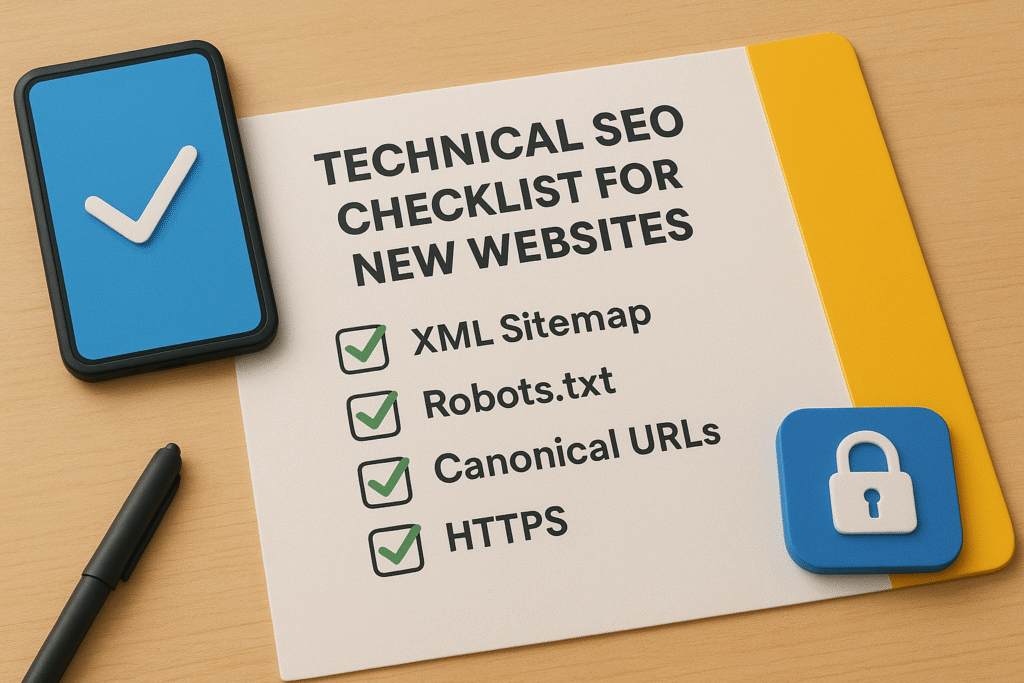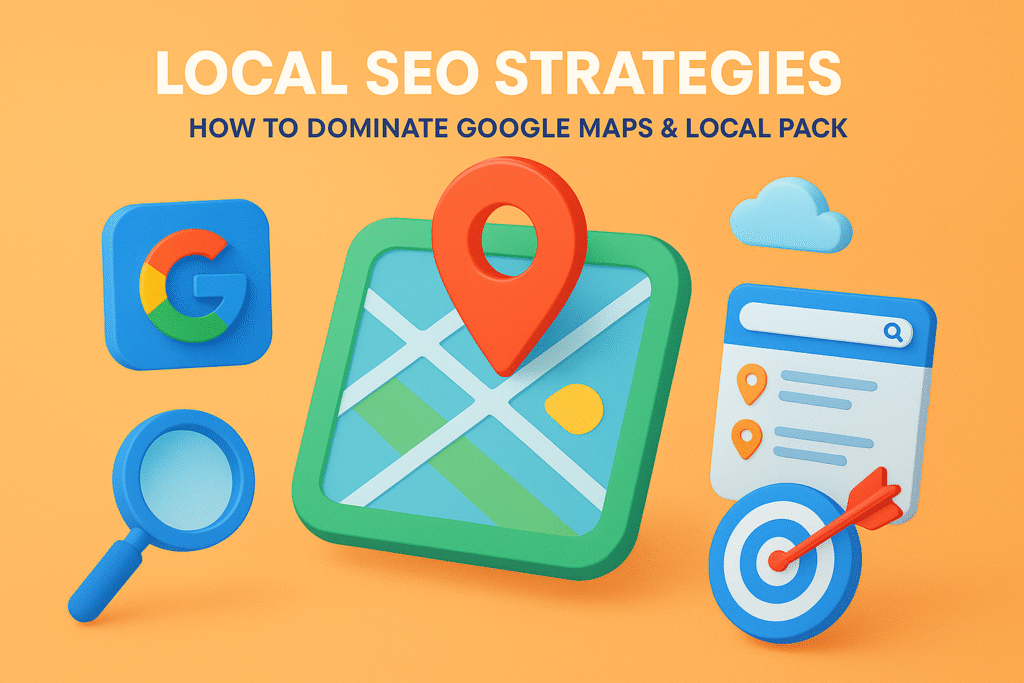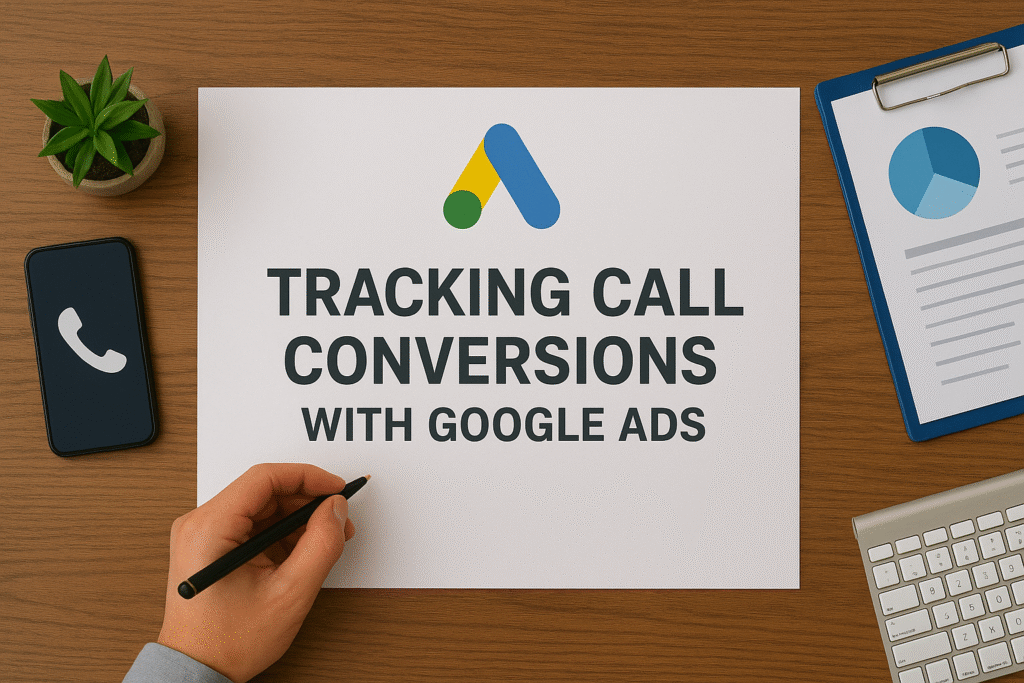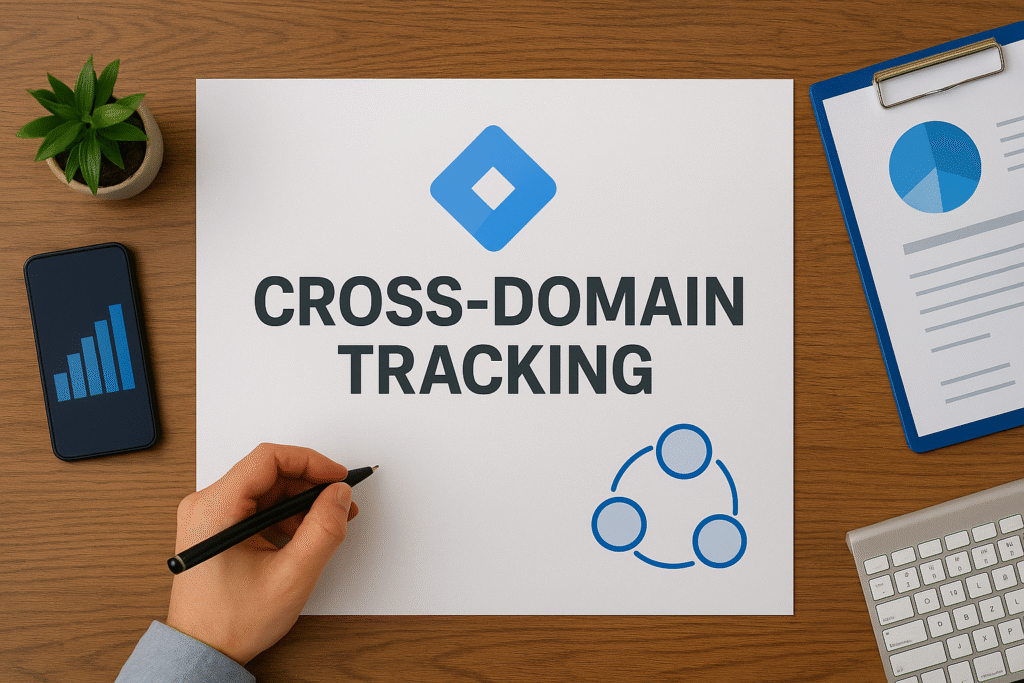LinkedIn Articles vs Website Blogs: Which Helps SEO More?

Here’s What You’ll Learn in This Article This article compares the SEO impact of LinkedIn articles and website blogs, explaining how each platform contributes to visibility, authority, and engagement. You’ll learn why LinkedIn is ideal for short-term exposure and networking, while website blogs build long-term SEO strength. It also outlines how to combine both for […]
Technical SEO Checklist for New Websites

Quick Summary: What This Blog Covers This blog provides a complete technical SEO checklist for new websites to ensure optimal crawlability, indexation, and performance. It explains how to set up key tools, create sitemaps, secure your site with HTTPS, and optimize for speed and mobile. The guide also covers schema markup, fixing broken links, managing […]
The Role of Minimalism in Modern Graphic Design

Here’s What You’ll Learn in This Article This blog explores how minimalism shapes modern graphic design, from its Bauhaus-inspired origins to its impact on branding, UX, and digital communication. You’ll learn how simplicity enhances clarity, user engagement, and brand recognition. It also covers modern minimalist trends, common mistakes to avoid, and tools for clean, functional […]
Local SEO Strategies: How to Dominate Google Maps & Local Pack

Quick Summary: What This Blog Covers This blog explains how businesses can dominate Google Maps and the Local Pack using proven local SEO strategies. It covers optimizing Google Business Profiles, building consistent NAP citations, earning local backlinks, and encouraging reviews. The post also highlights mobile and voice search optimization, local content marketing, and key ranking […]
Tracking Call Conversions with Google Ads: Step-by-Step

Here’s What You’ll Learn in This Article This blog breaks down how to track and measure phone call conversions in Google Ads to connect your offline leads with online performance data. You’ll discover how to set up call extensions, website call tracking, and dynamic number insertion for accurate attribution. It also explains how to import […]
Setting Up Cross-Domain Tracking in GTM

Quick Summary: What This Blog Covers This blog walks you through the complete process of setting up cross-domain tracking in Google Tag Manager (GTM) to unify analytics across multiple websites or subdomains. It explains why accurate session tracking is vital for maintaining clean data, avoiding duplicate users, and improving conversion attribution in GA4. With step-by-step […]
How to Audit Google Tag Manager for SEO and PPC

Here’s What You’ll Learn in This Article Discover how to perform a complete Google Tag Manager (GTM) audit to ensure your tracking is accurate, compliant, and optimized for both SEO and PPC. This guide walks you through container setup, tag verification, data layer checks, consent management, and performance optimization. You’ll also learn how to detect […]
Creating City-Specific Landing Pages for Dallas Retailers

Quick Summary: What This Blog Covers This blog explores how Dallas retailers can boost visibility and conversions by creating city-specific landing pages optimized for local SEO. It breaks down step-by-step strategies — from keyword research and URL structuring to schema markup, local reviews, and Google Maps integration. Readers learn how to make their Dallas pages […]
Exact Way of Using Negative Keywords

Here’s What You’ll Learn in This Article Discover how mastering negative keywords can significantly improve your PPC performance. This guide explains what negative keywords are, why they matter, and how to use them strategically to refine targeting, cut wasted ad spend, and boost ROI. You’ll also learn step-by-step methods for building negative keyword lists, automating […]
Sitemap Best Practices for Large Websites

Quick Summary: What This Blog Covers This blog explains why well-structured sitemaps are essential for large websites with thousands of pages. It covers best practices for creating, segmenting, validating, and maintaining XML and HTML sitemaps to enhance crawl efficiency and indexation. Readers learn how to handle dynamic updates, multilingual sites, and common technical errors while […]
